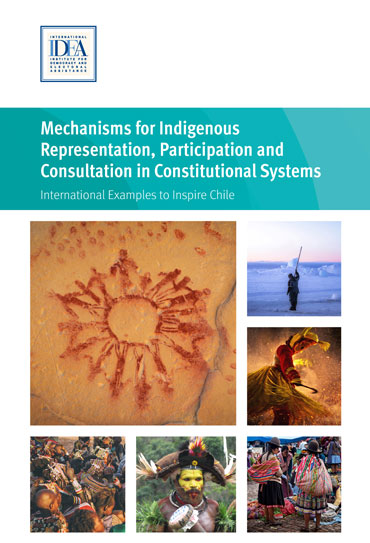Mechanisms for Indigenous Representation, Participation and Consultation in Constitutional Systems: International Examples to Inspire Chile
Indigenous peoples in Chile have suffered dispossession and discrimination by colonizing forces, like many Indigenous peoples globally, and did not have a fair say in the development of successive constitutions establishing new political systems on their land.
In the October 2020 referendum, Chileans voted to create a new constitution. This presents an opportunity for Indigenous peoples to create a fairer power relationship with the Chilean state. For the first time, the constitutional convention includes a specific quota for 17 Indigenous representatives. This will enable Indigenous peoples to contribute to the constitutional design process.
This report presents comparative examples of self-determinative institutional mechanisms that empower Indigenous peoples to be heard by and influence decision making in state institutions. The focus of the paper is on options for institutional structures that enable Indigenous representation, participation and consultation with respect to Indigenous peoples’ own affairs.
***
En Chile, los pueblos indígenas, que conforman alrededor de un 13 por ciento de la población, constituyen una minoría importante y muy desfavorecida. Al igual que muchos otros pueblos indígenas del mundo, fueron despojados de sus propiedades y discriminados por las fuerzas colonizadoras, y no contaron con ningún poder de decisión en la elaboración de las sucesivas constituciones que establecieron nuevos sistemas políticos en sus tierras. Por lo tanto, los pueblos indígenas de Chile están estructuralmente des empoderados y apenas pueden influir en el sistema político o en las decisiones políticas que afectan a sus derechos.
Este documento debe leerse conjuntamente con la herramienta para la evaluación de los derechos de los pueblos indígenas en las constituciones (IPCAT) de IDEA Internacional, que analiza una serie de preguntas y además aporta explicaciones y ejemplos constitucionales comparativos a fin de ilustrar las distintas formas en que las constituciones de diversos países reconocen los derechos de los pueblos indígenas.
